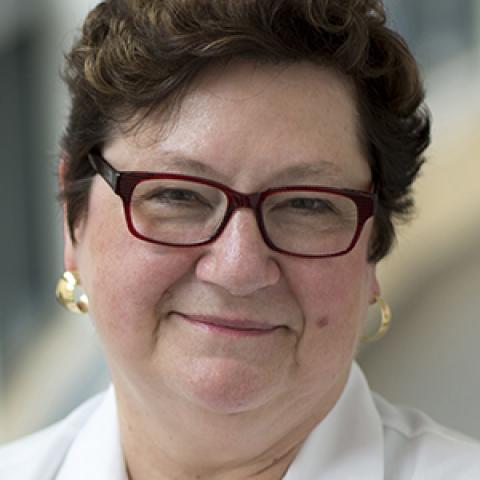We are picking up a lot of heavy metal these days. Mark Chance, vice dean for research, has been named a Distinguished University Professor and will receive his silver medal at the August convocation. Mark Griswold returned from the International Society for Magnetic Resonance meetings in Hawaii with the gold medal from that prestigious group. Last month he, Fabio Cominelli, and Ruth Keri each received the 2017 CWRU Faculty Distinguished Research Award. This past fall, Jackson Wright was recognized with the Medal for Excellence in Health Science Innovation, the School of Medicine’s highest honor. And Jonathan Lass will be awarded the gold Castroviejo Medal, its highest honor, by the Cornea Society.
Though these individuals are honored for diverse achievements, they have at least one thing in common. Each has said that his or her award represents the work of a team, not simply their own personal achievements. Mark Chance established the Center for Proteomics and Bioinformatics with many outstanding faculty members. His own lab group has developed a novel technology for determining the structure of the active sites of proteins in their native aqueous environment. Mark has certainly acquired many collaborators!
Mark Griswold has been an intellectual leader in the MRI field for years. His team came up with a spectacular innovation in magnetic resonance fingerprinting, which uses conventional MRI information, analyzed in a new way, to extract important details about cancers and their virulence, multiple sclerosis, heart disease, and other serious conditions. That seminal paper was a tour de force and represented the work of faculty members in radiology and biomedical engineering, students, and postdocs. When he was surprised by being selected to receive the Faculty Distinguished Research Award, Mark was insistent on acknowledging his team.
Fabio Cominelli’s emphasis on collaboration takes many forms. For example, he is program director and principal investigator for a major grant from the National Institutes of Health that established Cleveland as a Digestive Diseases Research Core Center. This important effort brings together CWRU, Cleveland Clinic, and University Hospitals to carry out research on gastrointestinal cancer, liver and metabolic diseases, and digestive disorders.
Ruth Keri focuses on the genomic and signaling mechanisms that control mammary gland development and cancer. In addition to this important work, as associate director for basic research in the Case Comprehensive Cancer Center, she is all about supporting colleagues pursuing their own seminal investigations. She is also strongly committed to training the next generation of scientists, particularly those from underserved backgrounds – again, a team-orientated framework.
Jackson Wright has received many awards for advancing cardiovascular health over his illustrious career, and each time he acknowledges the importance of his team to his success. Conducting groundbreaking hypertension research that saves lives, including recruiting and retaining diverse subjects in clinical trials, is not the work of a single person, but of many, and Jackson has never forgotten that.
In his epidemiologic work on cornea transplantation, Jonathan Lass established the Case/UH Cornea Image Analysis Reading Center, which became so successful that it outgrew its campus space and had to be transplanted downtown. At the facility, many skilled investigators work together to read photos submitted from around the country. What else would you expect from an accomplished member of the International Doctors Orchestra, the quintessential team?
These much-awarded faculty members, now medalists in their fields, recognize the critical importance of collaboration in making the kind of progress they demand of themselves, the kind that is widely admired, the kind that delivers breakthroughs and smashes boundaries. Clearly, it’s the team approach that works. Congratulations to all of them, and we celebrate their medals, their teamwork, and their achievements that earned that metal!


